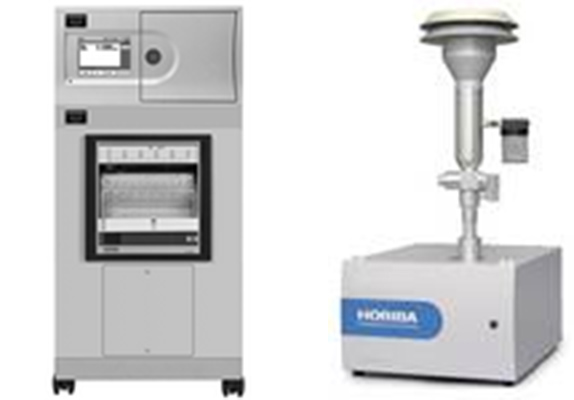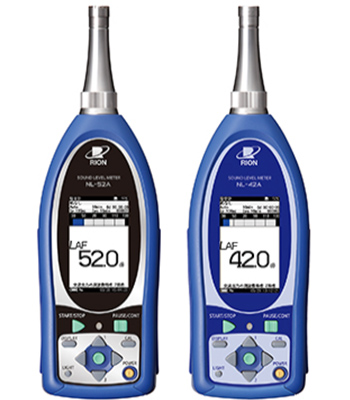Air Pollution Improvement
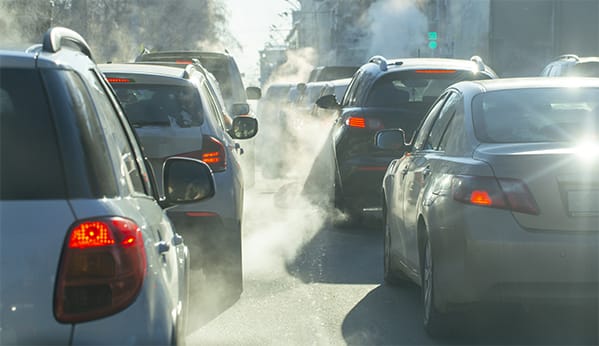
Air pollution is worsening in developing countries, especially in large cities. Vehicle emission is one of the main causes. For air pollution control, it is important to promote measures such as exhaust gas regulations, and the technologies to realize these measures in an integrated manner.
This page provides examples of measures, laws and regulations to improve air pollution related to the transportation sector, and technologies that contribute to air pollution improvement. (Last update 22 March 2023)
Policies, Measures and Technologies for Air Pollution Improvement
Policy Goals
Protection of health and environment is the goal of the air policies to prevent pollution and improve air quality in Japan. To this end, the air environment standards have been established and pollution control measures have been implemented.
- Environmental Quality Standards are established as standards recommended to be kept up, so as to protect human health and conserve the living environment. Regarding the environmental conditions on the air pollution, the standards for air pollutants such as SO2, CO, SPM, NO2, Ox, PM2.5 and other hazardous air pollutants are established.
- The following section provides the measures and technologies related to the transportation sector.
Measures
Measures against Emission Sources (regulatory approach)
Vehicle Regulation (New Vehicles)
Vehicle Type Regulation (Vehicles in use)
Traffic vehicle noise regulation
Fuel Regulation
Measures against Emission Sources (others)
Certifications
“e→AS” certifications for air quality-friendly fuel stations
Assessment/Evaluation Tools
Technologies
“Avoid” Technologies
“Shift” Technologies
Light Rail Transit (LRT), Bus Rapid Transit (BRT), new urban rail transit systems
“Improve” Technologies
Exhaust gas aftertreatment devices
Diesel exhaust gas aftertreatment devices(DPF, catalysts)
Next Generation Vehicles
Measures to Improve Air Pollution
Measures against emission sources (regulatory approach) : Vehicle Regulation (New vehicles)
| Vehicle emission regulations |
|
|---|
Measures against emission sources (regulatory approach):Vehicle Type Regulation (Vehicles in use)
| Act on automobile NOx/PM |
|
|---|
| Traffic vehicle noise regulation |
|
|---|
Measures against emission sources (regulatory approach): Fuel Regulation
| Fuel content regulation |
|
|---|
Measures against Emission Sources (others):Certifications
| Air Environment-Friendly SS(“e→AS”)Certification System |

|
|---|
Assessment/Evaluation Tools
| Air pollution monitoring |
|
|---|
| PM2.5 emission inventory |
|
|---|
| Air pollution forecast models |

|
|---|
Technologies to Mitigate Air Pollution
“Avoid” Technologies
| Transit oriented development (TOD) |
|
|---|
“Shift” Technologies
| Light rail transit (LRT), bus rapid transit (BRT), new urban rail transit systems |

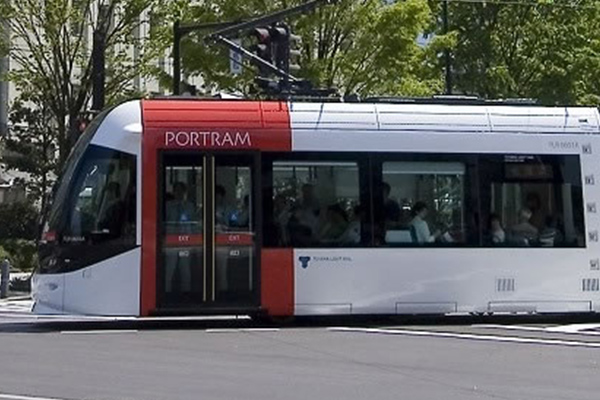
|
|---|
“Improve” Technologies:Exhaust Treatment Technology
| Diesel exhaust treatment devices(DPF, catalysts) |
|
|---|
“Improve” technologies:Next Generation Vehicles
|
Alternative fuel vehicles (CNG) |
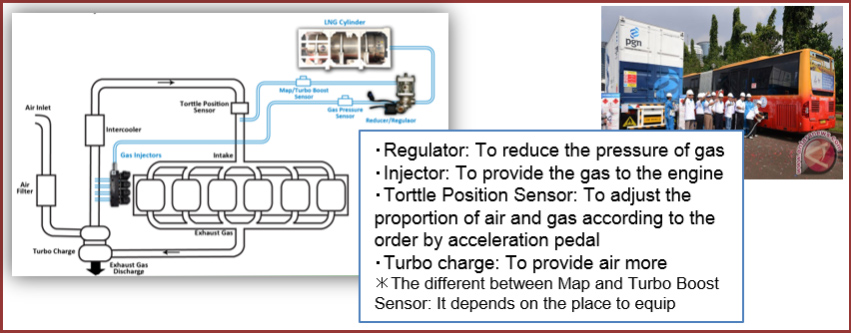
|
|---|
| Hybrid vehicles |
|
|---|
Monitoring Technologies
| Emission monitoring systems and sound level meters |
|
|---|
| Real time online portal for air pollution monitoring data |


|
|---|
| Air pollution forecast models |
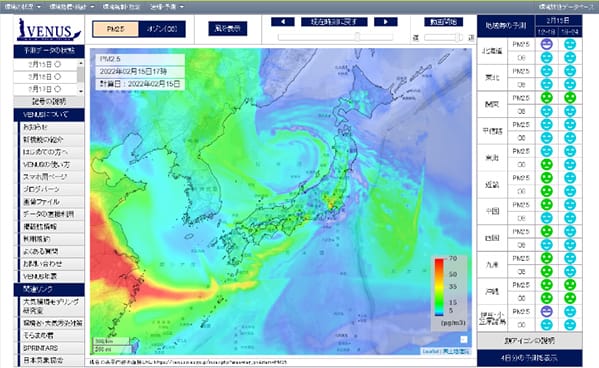
|
|---|


